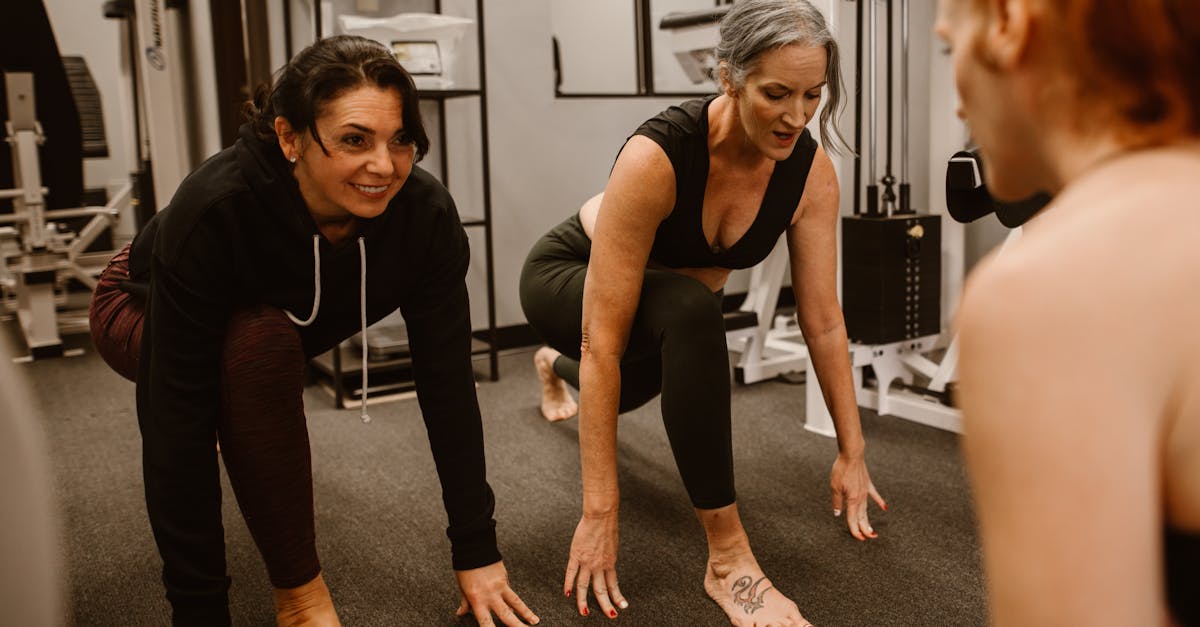The Benefits of Yoga for Flexibility and Clarity
Introduction
Yoga, an ancient practice with roots tracing back over 5,000 years in India, has transcended cultural and geographical boundaries to become a global phenomenon. Its enduring appeal lies in its ability to harmonize the mind, body, and spirit, offering a comprehensive approach to well-being. In today’s fast-paced world, where stress and sedentary lifestyles are prevalent, yoga provides a sanctuary for individuals seeking balance, health, and inner peace. This article explores the multifaceted benefits of yoga, delving deeper into how it enhances flexibility, mental clarity, physical fitness, and overall well-being, while also examining its adaptability for practitioners of all levels.
Advertisement
Boosting Flexibility
One of the most celebrated benefits of yoga is its ability to improve flexibility. Unlike traditional stretching routines, yoga incorporates a variety of poses that systematically stretch and elongate muscles, tendons, and ligaments. Poses such as Downward Dog, Cobra, and Forward Fold target different muscle groups, promoting a greater range of motion and reducing stiffness. Over time, consistent practice helps to release tension in areas like the hamstrings, hips, and shoulders, which are often tight due to prolonged sitting or physical inactivity.
Flexibility is not just about achieving impressive poses; it plays a crucial role in overall physical health. Enhanced flexibility improves posture, reduces the risk of injuries, and alleviates chronic pain, particularly in the lower back. For athletes, yoga can complement their training by increasing agility and preventing muscle strain. Even for non-athletes, greater flexibility translates to improved ease of movement in daily activities, from bending to pick up an object to reaching for items on a high shelf.
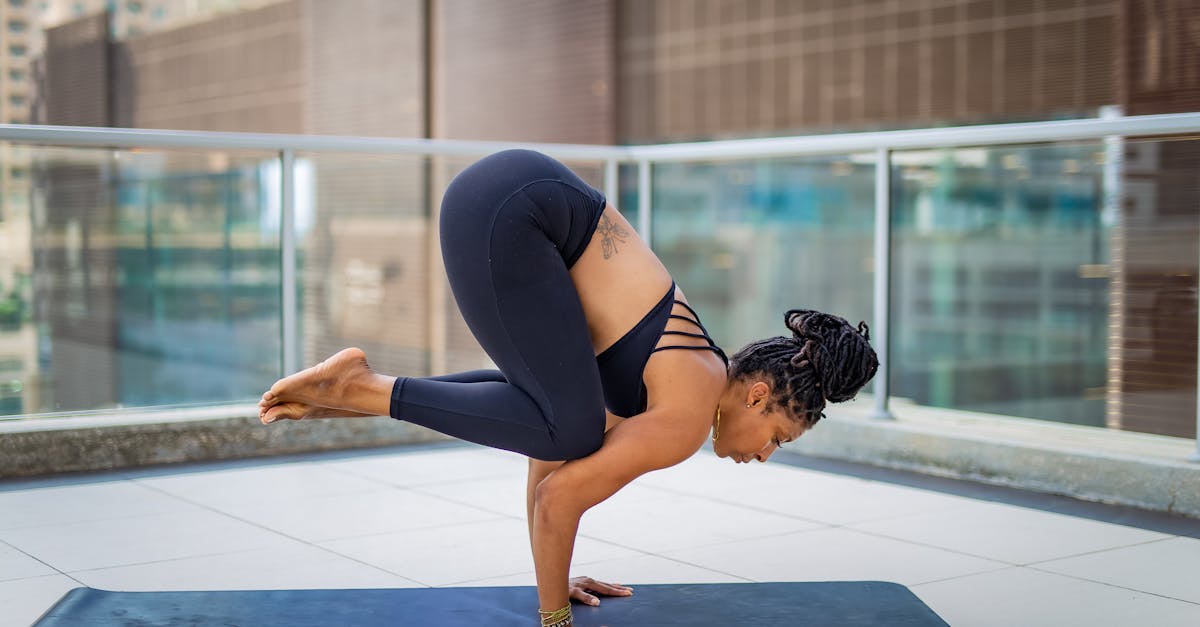
Advertisement
Enhancing Physical Fitness
Yoga is often misunderstood as a purely relaxing or meditative practice, but it is also a powerful tool for building physical fitness. Unlike high-intensity workouts that focus solely on cardiovascular endurance or muscle building, yoga offers a balanced approach. It combines dynamic movements, such as Sun Salutations, with static holds, like Warrior II or Plank Pose, to build both strength and endurance.
The isometric nature of many yoga poses means that muscles are engaged and strengthened through sustained effort. For example, holding a Chair Pose or Side Plank activates the core, legs, and arms, building functional strength that supports everyday activities. Additionally, the fluid transitions between poses in styles like Vinyasa or Ashtanga yoga elevate the heart rate, providing a cardiovascular workout that improves heart health and stamina.
What sets yoga apart from other fitness routines is its emphasis on breath control. The synchronization of breath with movement, known as vinyasa, enhances oxygen flow to muscles, improving endurance and reducing fatigue. This mindful approach to exercise not only builds physical strength but also fosters a deeper connection between the body and mind.
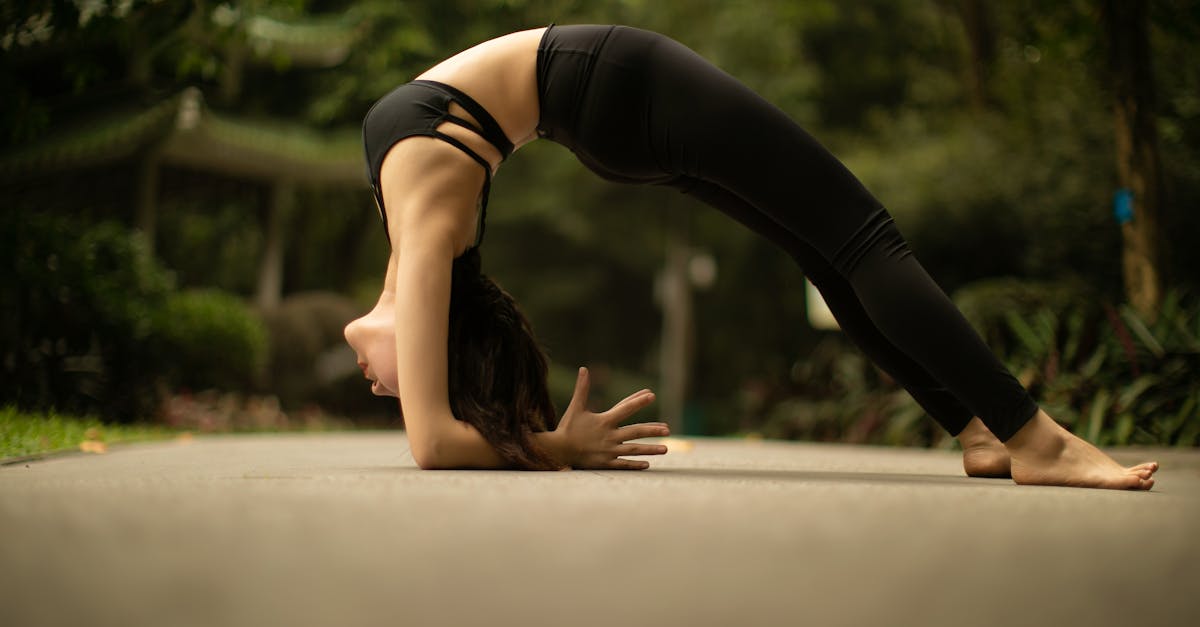
Advertisement
Mental Clarity and Focus
In a world filled with distractions, achieving mental clarity can feel like an elusive goal. Yoga offers a pathway to sharpening focus and cultivating a calm, centered mind. Central to this is the practice of pranayama, or breath control techniques. By regulating the breath, practitioners increase oxygen flow to the brain, which enhances cognitive function and concentration.
Meditation, another cornerstone of yoga, further supports mental clarity. Whether practiced as part of a yoga session or independently, meditation helps to quiet the mind, reducing mental chatter and fostering a sense of inner peace. Over time, this practice can improve memory, decision-making, and problem-solving skills, making it easier to navigate the complexities of daily life.
Yoga also encourages mindfulness, the practice of being fully present in the moment. By focusing on the alignment of the body, the rhythm of the breath, and the sensations of each pose, practitioners develop a heightened awareness that extends beyond the mat. This mindfulness can lead to greater emotional resilience, improved relationships, and a more positive outlook on life.
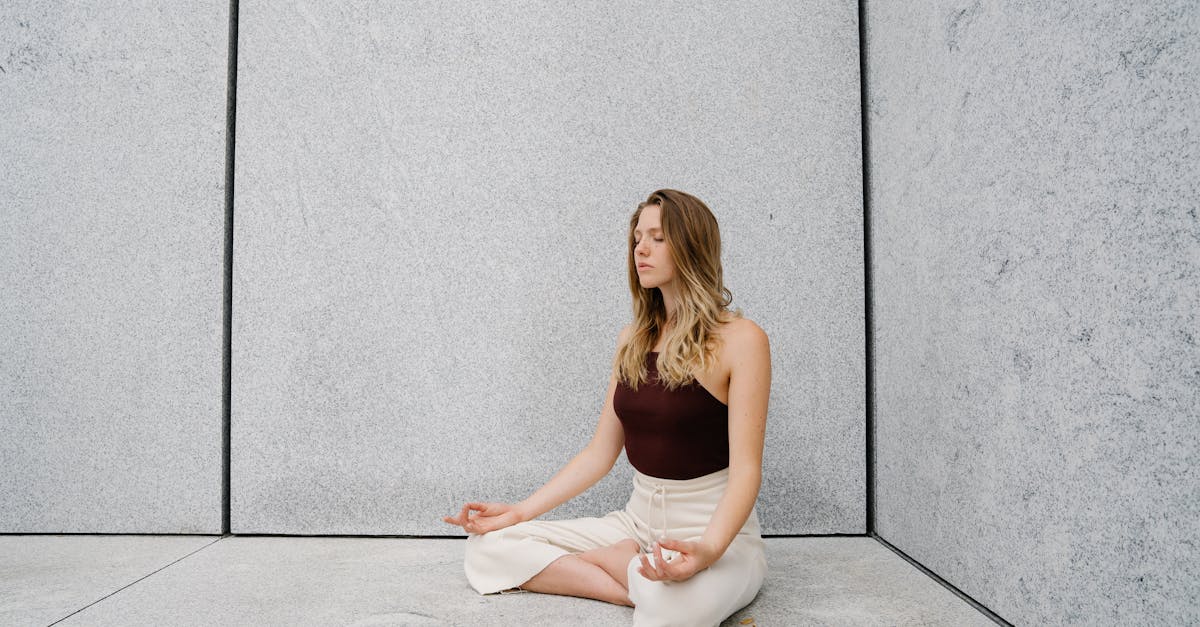
Advertisement
Stress Relief and Relaxation
The demands of modern life often leave individuals feeling overwhelmed and stressed. Yoga provides a natural and effective way to combat stress, offering both immediate and long-term relief. The practice of deep, controlled breathing activates the parasympathetic nervous system, which counteracts the body’s stress response. This shift from "fight or flight" to "rest and digest" mode lowers cortisol levels, reduces blood pressure, and promotes a sense of calm.
Restorative yoga, which involves gentle poses supported by props like bolsters and blankets, is particularly effective for relaxation. Poses such as Legs-Up-The-Wall and Child’s Pose encourage the body to release tension and enter a state of deep rest. Regular practice of these techniques can improve sleep quality, reduce anxiety, and enhance overall emotional well-being.

Advertisement
Building Mindfulness
Mindfulness is a key component of yoga that extends far beyond the physical practice. Through mindful movement and meditation, yoga teaches individuals to observe their thoughts and emotions without judgment. This self-awareness fosters emotional regulation, helping practitioners respond to challenges with greater equanimity.
The mindfulness cultivated on the mat can be applied to all aspects of life. For example, mindful eating encourages healthier food choices and a deeper appreciation for meals, while mindful communication improves listening skills and reduces conflicts in relationships. By integrating mindfulness into daily routines, individuals can experience greater joy, gratitude, and fulfillment.
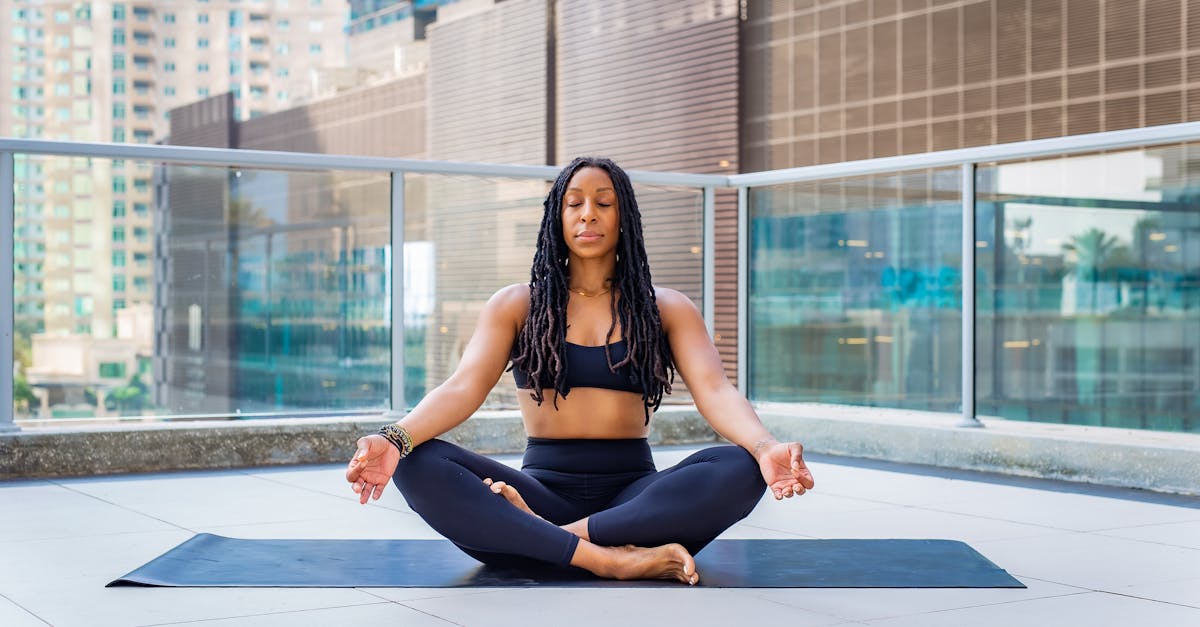
Advertisement
Cultivating Body Strength
Yoga is a highly effective way to build sustainable body strength without the need for heavy weights or gym equipment. Many yoga poses rely on the body’s own resistance to strengthen muscles. For instance, Plank Pose engages the core, arms, and shoulders, while Tree Pose challenges balance and strengthens the legs.
Unlike traditional strength training, which often isolates specific muscle groups, yoga promotes functional strength by engaging multiple muscle groups simultaneously. This holistic approach not only builds physical power but also improves coordination and stability. Additionally, the emphasis on proper alignment in yoga reduces the risk of injury, making it a safe and sustainable fitness option for individuals of all ages.

Advertisement
Promoting Holistic Health
At its core, yoga is a holistic practice that addresses the interconnectedness of mind, body, and spirit. While the physical benefits are undeniable, yoga’s true power lies in its ability to foster spiritual growth and emotional balance. Through practices like meditation, chanting, and self-reflection, yoga encourages individuals to explore their inner selves and cultivate a sense of purpose.
This holistic approach enhances resilience, enabling individuals to navigate life’s challenges with grace and composure. By nurturing both mental and physical well-being, yoga supports a balanced and fulfilling life.

Advertisement
Diverse Yoga Poses for All Levels
One of the most remarkable aspects of yoga is its adaptability. Whether you are a beginner or an advanced practitioner, there is a style and level of yoga that suits your needs. Gentle practices like Hatha Yoga or Yin Yoga are ideal for beginners or those seeking a slower pace, while more dynamic styles like Power Yoga or Ashtanga cater to individuals looking for a vigorous workout.
Yoga’s inclusivity extends to individuals with physical limitations or health conditions. Modifications and the use of props make it possible for everyone to experience the benefits of yoga. This adaptability ensures that yoga is a sustainable practice that can evolve with an individual’s changing needs and goals.
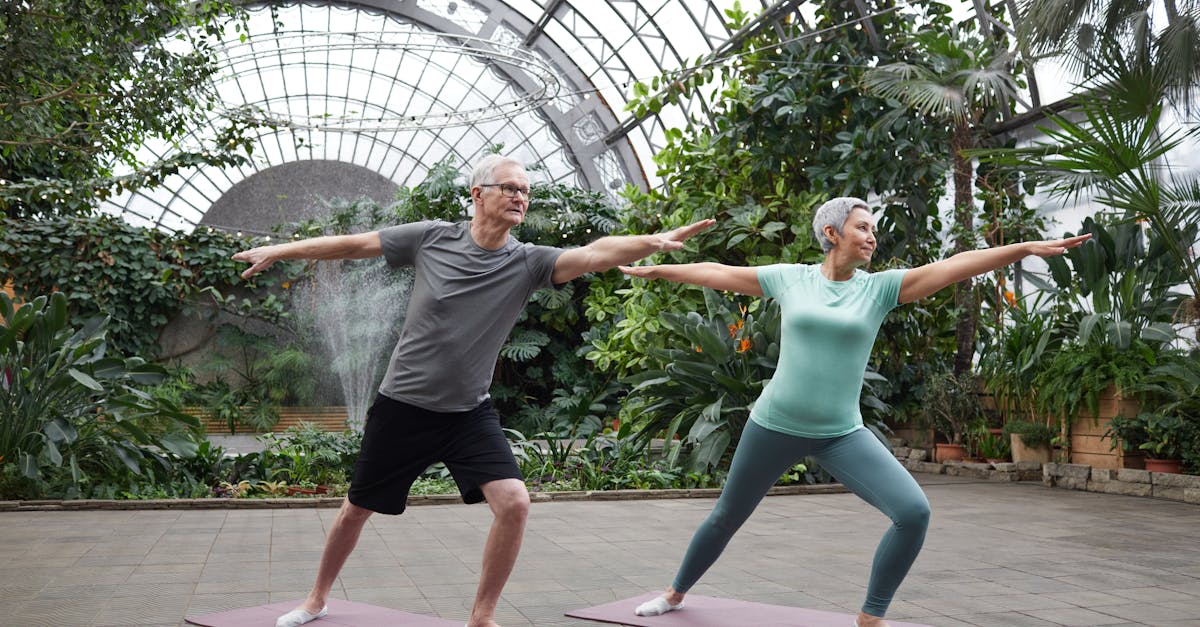
Advertisement
Conclusion
In summary, yoga is much more than a physical exercise; it is a transformative practice that enhances flexibility, mental clarity, physical fitness, and overall well-being. By integrating yoga into your lifestyle, you can experience profound benefits, from improved strength and stress relief to greater mindfulness and emotional balance. Whether you are seeking to enhance your physical health, find inner peace, or simply explore a new practice, yoga offers a path to holistic growth and harmony. Embrace the journey of yoga, and discover the profound connection between mind, body, and spirit.
Advertisement


